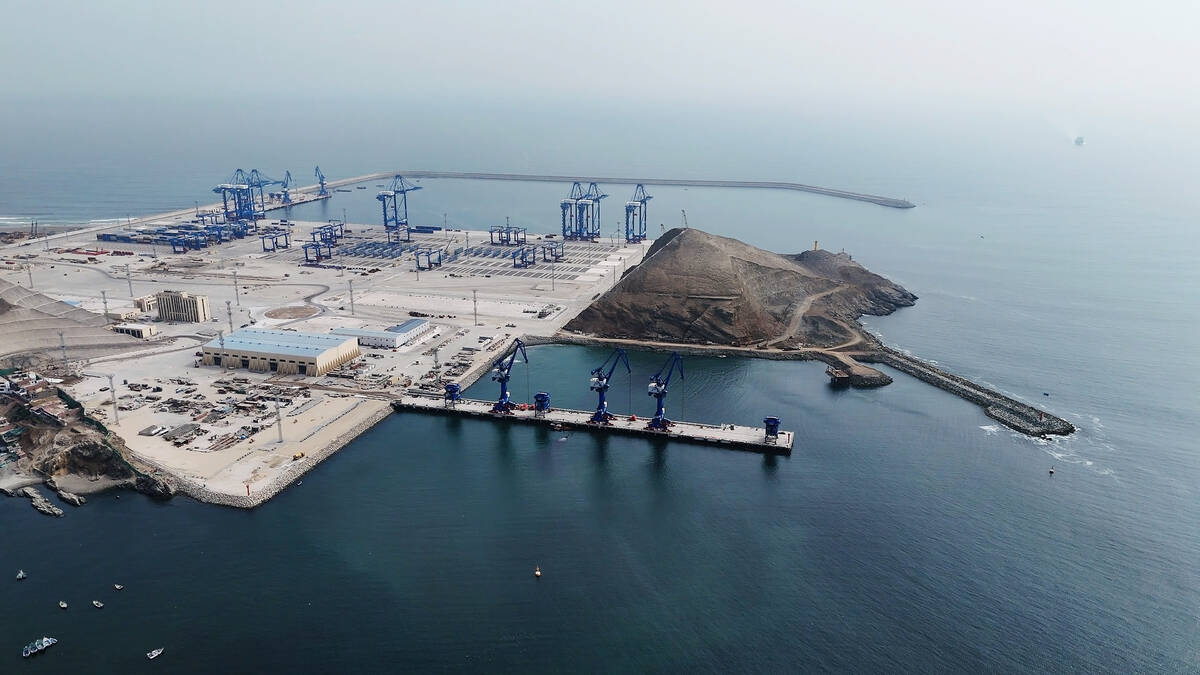Drought affects quality | A CWB analyst predicts a 23 million tonne wheat crop, down from 25.8 million tonnes a month earlier
Grain millers shouldn’t be looking to Australia to fill the void in North American milling wheat, says an analyst.
Neil Townsend, director of CWB Market Research, recently returned from an extensive crop tour of Australia.
He found that growers are shying away from planting the only two classes of Australian wheat that are equivalent to Canadian milling wheat.
Farmers in the Darling Downs region of New South Wales and the Liverpool Plains region of Queens-land are abandoning Australian Hard and Australian Prime Hard wheat.
Read Also

Geopolitics can change trade routes
WHISTLER, B.C. — Today’s geopolitical tensions could have dire long-term consequences, says the director of international policy at the University…
“Those areas have largely gotten out of the business of producing the top quality Australian wheat because they’ve gone over to domestic feed grains production,” said Townsend.
Growers are abandoning price premiums in favour of the yield advantage of producing feed grains, cotton and sorghum.
Quality milling wheat is still being produced in central New South Wales, Queensland, Victoria and South Australia.
Production of Australian Prime Hard has been hovering around 1.5 million tonnes lately, down from two million tonnes seven to 10 years ago. Production of Australian Hard is more stable at about 500,000 tonnes.
Growers will be challenged to meet those volumes this year because of dry weather conditions in Queens-land and New South Wales, where the bulk of the quality milling wheat is produced.
Millers may need to buy more milling wheat from Germany and Kazakhstan this year because of production problems in Canada, the United States and Australia.
“Millers are very good nowadays (at getting) by with what is available,” said Townsend.
Still, prices should be strong for top quality wheat, although the overall glut of grains and oilseeds will weigh down wheat prices.
Australian wheat production has been hampered by unfavorable weather conditions this year.
Townsend was forecasting a 25.8 million tonne crop when he arrived in the country in mid-August.
However, his estimate had dropped to 23 million tonnes by the time he finished touring fields in early September.
It is lower than the Australian Bureau of Agricultural and Resource Economics and Science’s (ABARES) September estimate of 24.2 million tonnes and the U.S. Department of Agriculture’s forecast of 25.5 million tonnes.
Townsend said Western Australia was having “a not bad year,” but the region needs good late-season rain to bring the crop home, especially in the north.
Growers in the eastern growing regions were more on “pins and needles” about rainfall.
Crops in Queensland and New South Wales were struggling after consecutive years of drought.
Townsend said the best crops were in South Australia, but yields in that state are also in jeopardy if it doesn’t receive a finishing rain.
One thing that caught Townsend’s eye were all the yellow fields.
“Boy, there’s a lot of canola there now,” he said.
Farmers planted 6.7 million acres of the crop this year.
ABARES is forecasting 3.4 million tonnes of canola production, down from 3.8 million tonnes last year. Townsend thinks that sounds about right.















